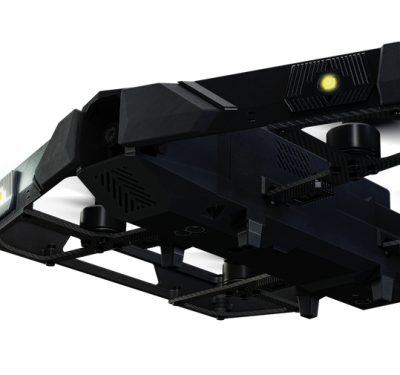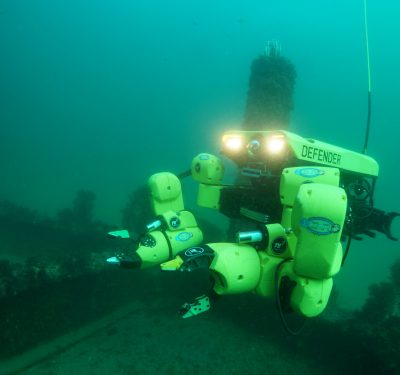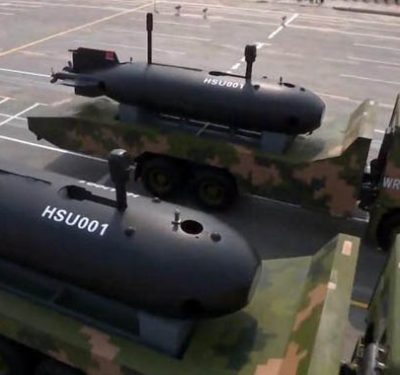As the U.S. seeks to contain China, the U.S. Navy is betting big on unmanned systems with some significant budget requests.
Military
TEAMING: Expanding Capabilities, Enhancing War Fighter Safety
Manned-unmanned teaming can serve as a force multiplier.
Project Convergence Demonstration Moves Military Closer to ‘Kill Web’ Approach
The U.S. military took another step toward creating a “kill web” approach instead of relying on just a “kill chain” to defeat enemy attacks.
AeroVironment Introduces Next-Generation All-Electric VAPOR 55 MX Helicopter Unmanned Aircraft System
AeroVironment, Inc., a global leader in intelligent, multi-domain robotic systems, today announced the launch of the next-generation VAPOR® Helicopter unmanned…
The Drone Ranger’s Guide to “TOP GUN: MAVERICK”
What follows are notes from the personal log of Rear Admiral Chester “Hammer” Cain, commander, Naval Air Warfare Center Aircraft…
Textron Systems’ Aerosonde® Small Unmanned Aircraft System Takes First Flight from U.S. Navy Guided Missile Destroyer
Textron Systems Corporation has announced the successful first flight and maritime integration of the Aerosonde® Small Unmanned Aircraft System (SUAS) on…
No-Fly with No Crews
Russia’s invasion of Ukraine is full of lessons for the US. New ones like the lethality of modern anti-tank missiles…
XTEND Brings The Metaverse to the Modern Battlefield
XTEND launches its Next Generation XTENDER tactical sUAS system with resilient indoor-outdoor navigation capability and integrated, proprietary Drone-Teaming technology For…
Robust Anti-Jamming Navigation System Uses Inertial and Radar to Complete BVLOS Mission
In November 2021 in Israel, infiniDome, Honeywell, and Easy Aerial demonstrated a UAV-tailored resilient navigation solution to complete critical missions…
THE SKIES GROW EVEN MORE BLUE FOR DOD UAS
The DIU’s Blue UAS initiative is developing trusted sUAS for the DOD and beyond. In military lingo, “blue” denotes friendly…
Medium-Lift Workhorse VTOL Cargo Drone Destined for Military Use
Kaman Corporation unveiled its KARGO UAV, a medium-lift vertical takeoff and landing (VTOL) member of a family of unmanned systems…
Autonomous Underwater Mine Disarming Contracted by Navy
The Office of Naval Research awarded a $9.5 million contract to create an underwater robotic system for the autonomous neutralization…
Afghanistan: A New Era of Drone Use
Now that the U.S. has taken its boots off Afghanistan’s ground, drones are poised for a bigger role than ever,…
Autonomous Underwater Vehicles Form Part of China’s Marine Survey and Defense Strategies
A wide range of underwater unmanned vehicles (UUVs) is developing in China and could be used in future conflicts, particularly…
Backpackable ISR UAV, the Ghost 60, Flies to Special Operations Forces
UAV Solutions, Inc. (UAVS) has delivered and trained Special Operations Forces Operators on its AsUAS Ghost 60 Multi-Rotor system.
Crysalis™ Offers Ground Control Simplicity, Interoperability to Frontline Combatants
In biology, a chrysalis marks a stage along a caterpillar’s transformation into a full-grown butterfly or moth. Now, AeroVironment is…
Aerial Refueling: Another Unmanned First
The U.S. Navy and Boeing demonstrated air-to-air refueling using an unmanned aircraft, Boeing’s MQ-25 T1 test asset, to refuel another…



















